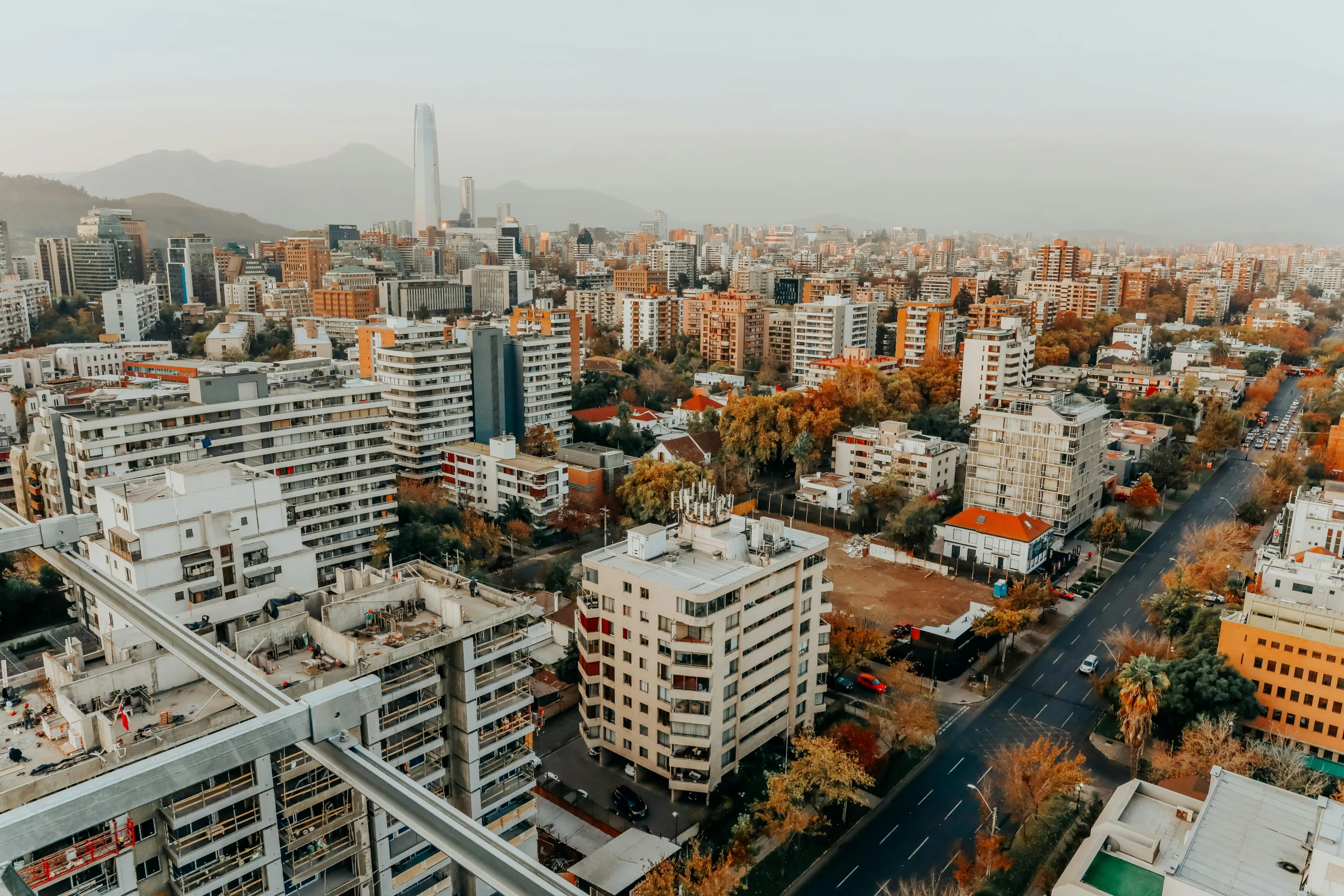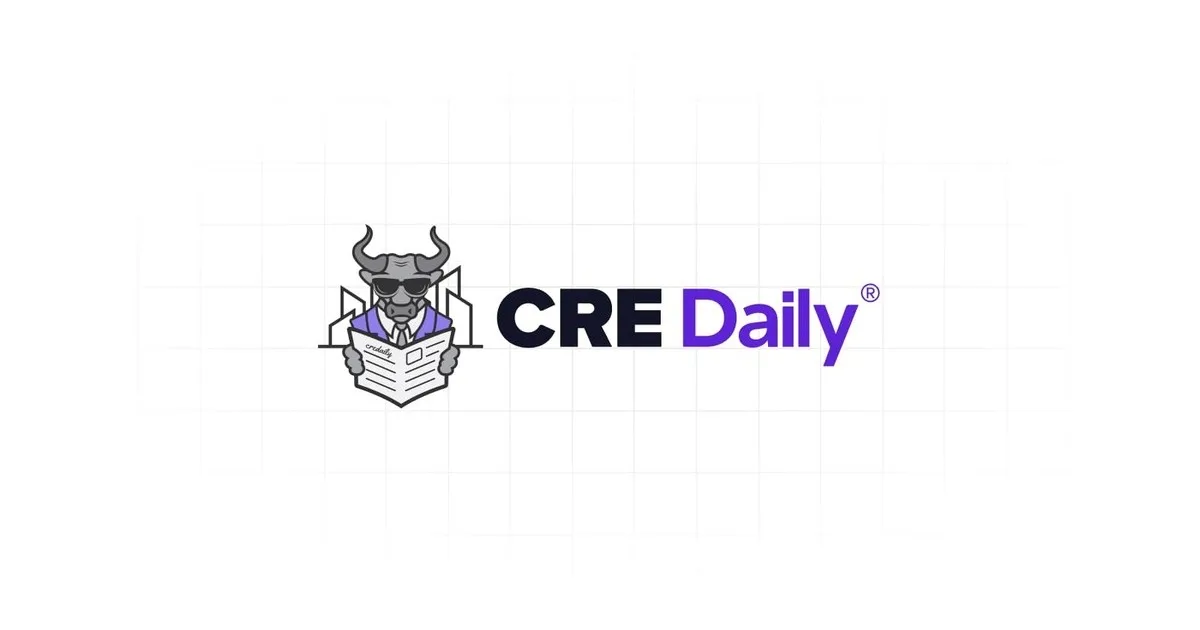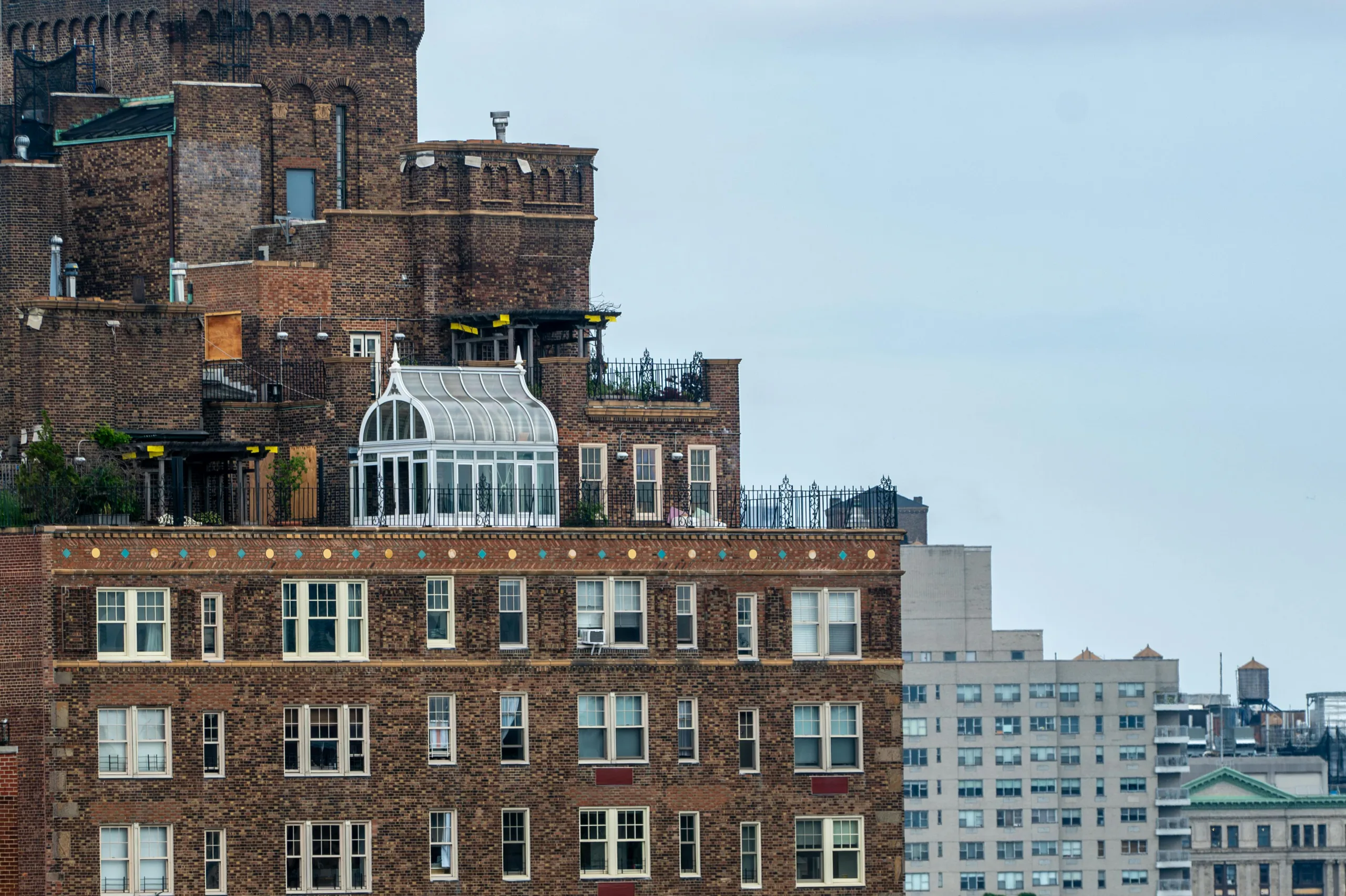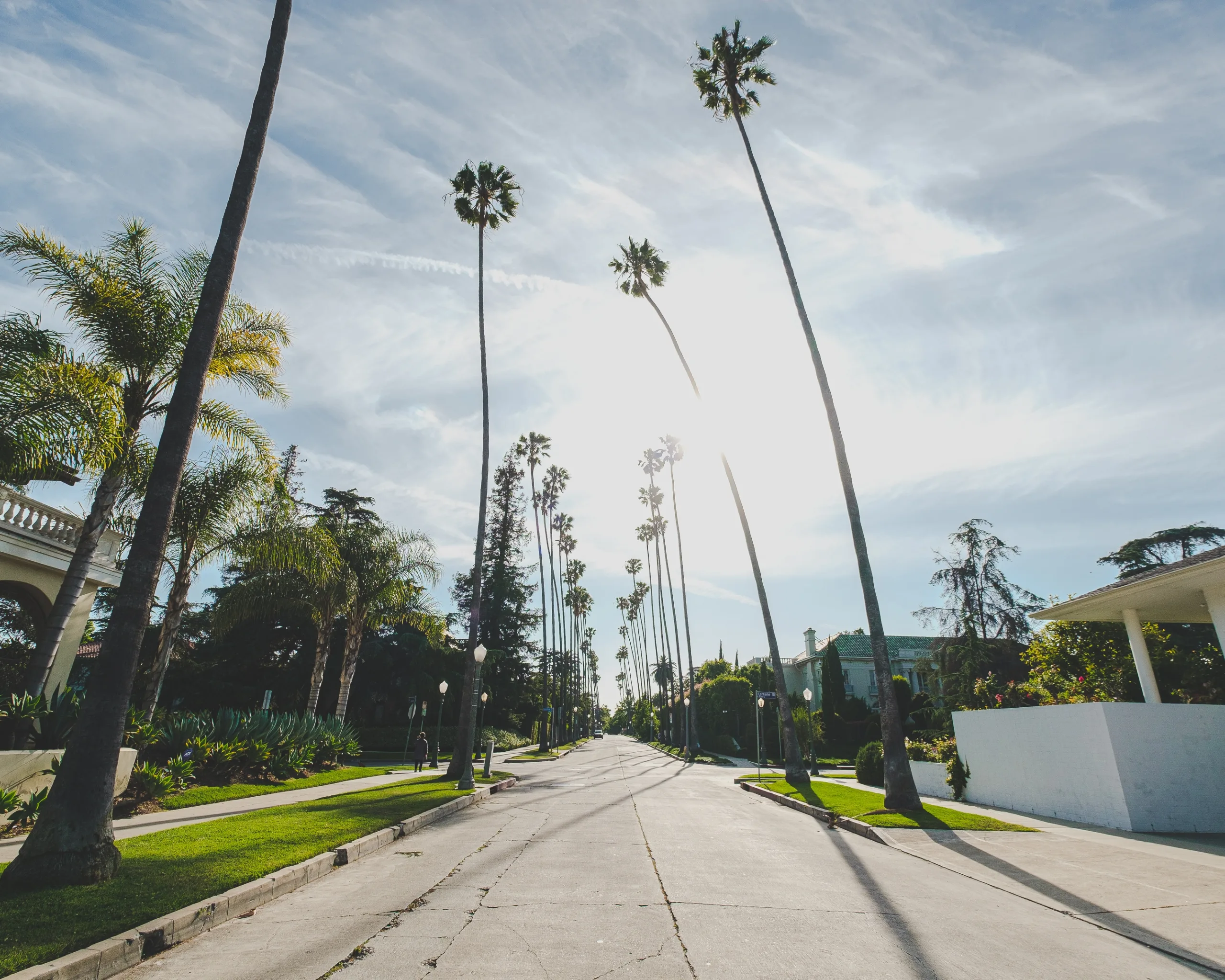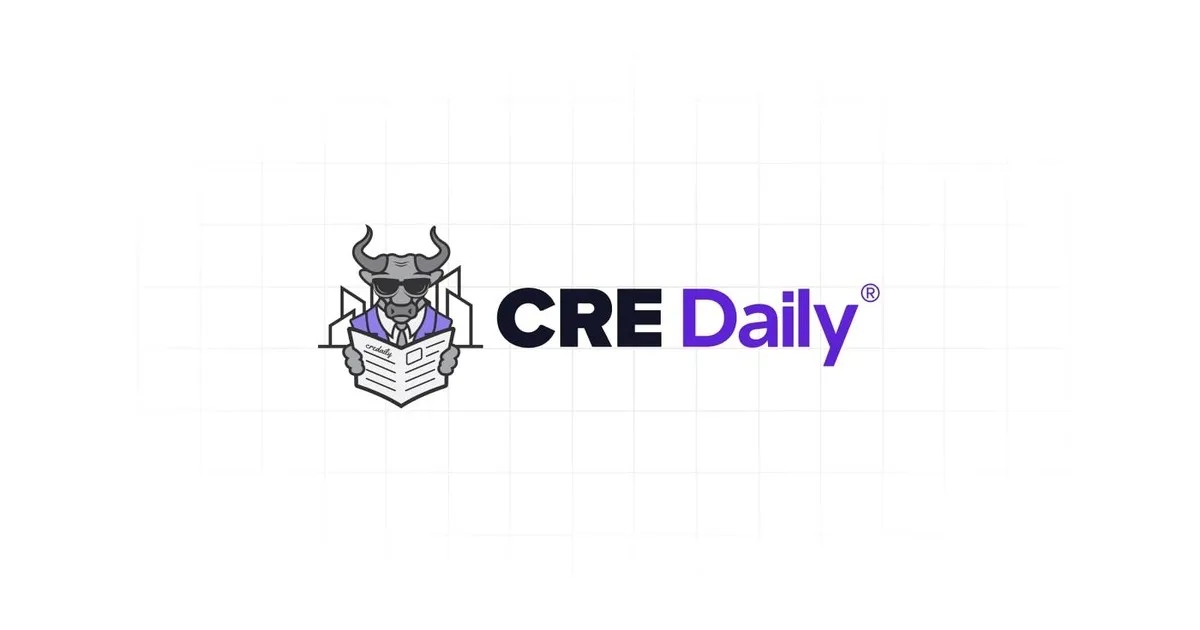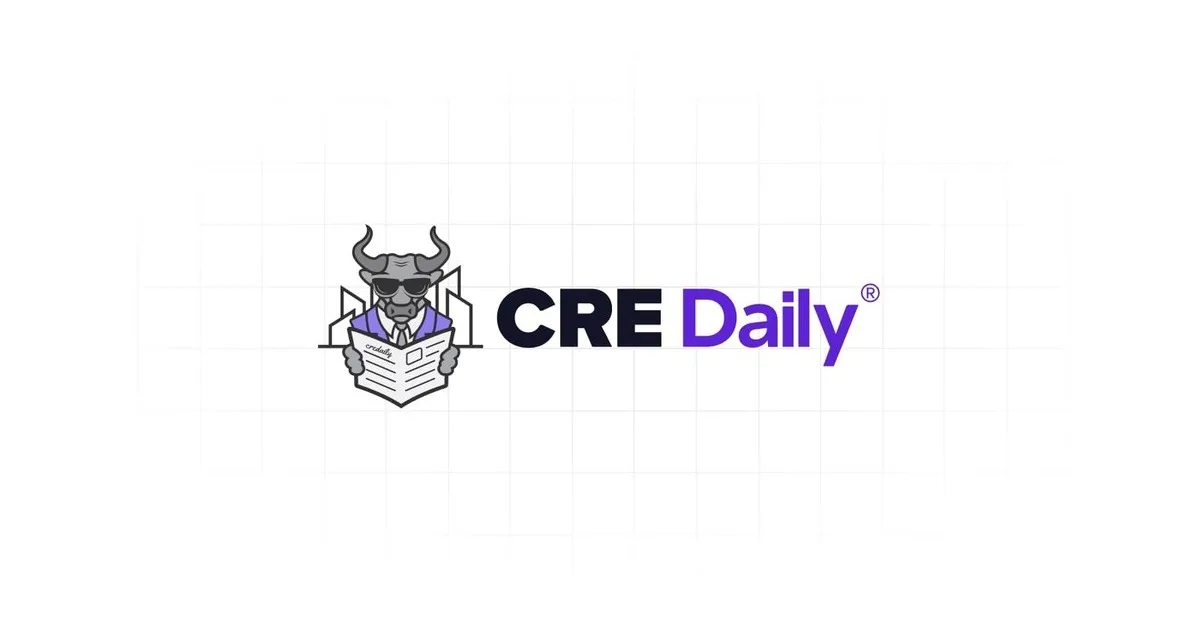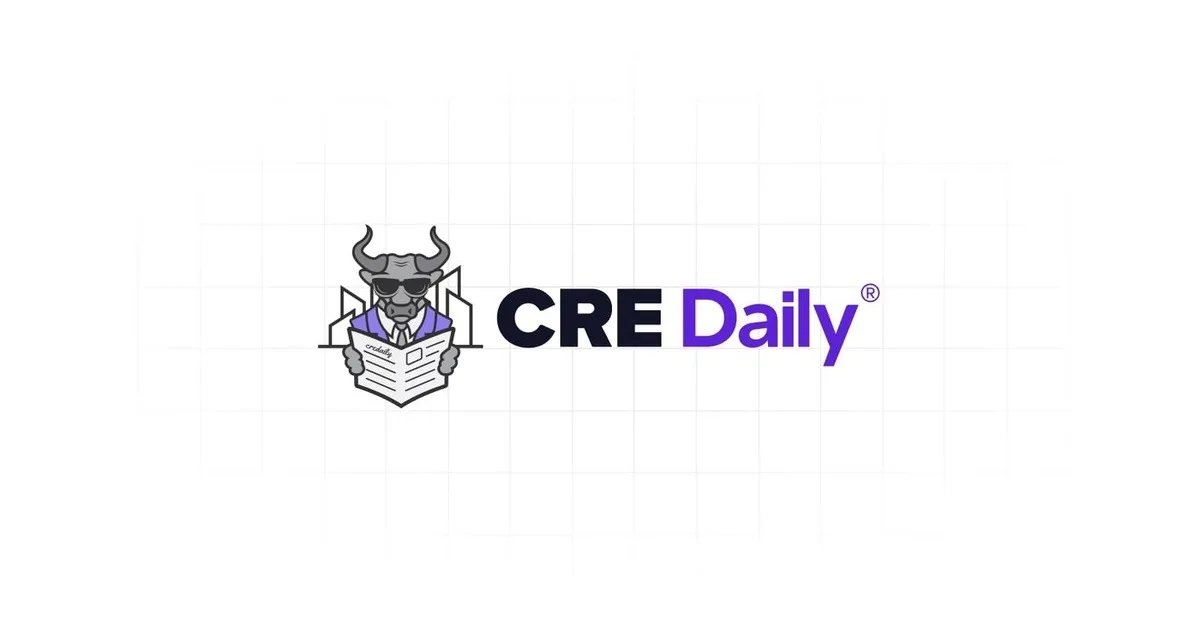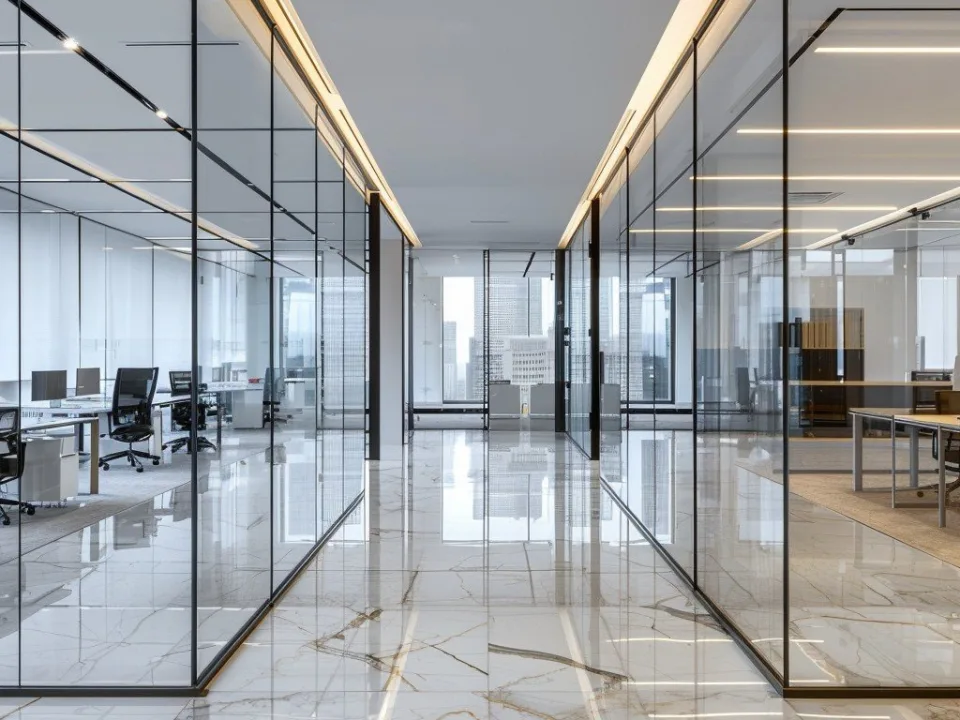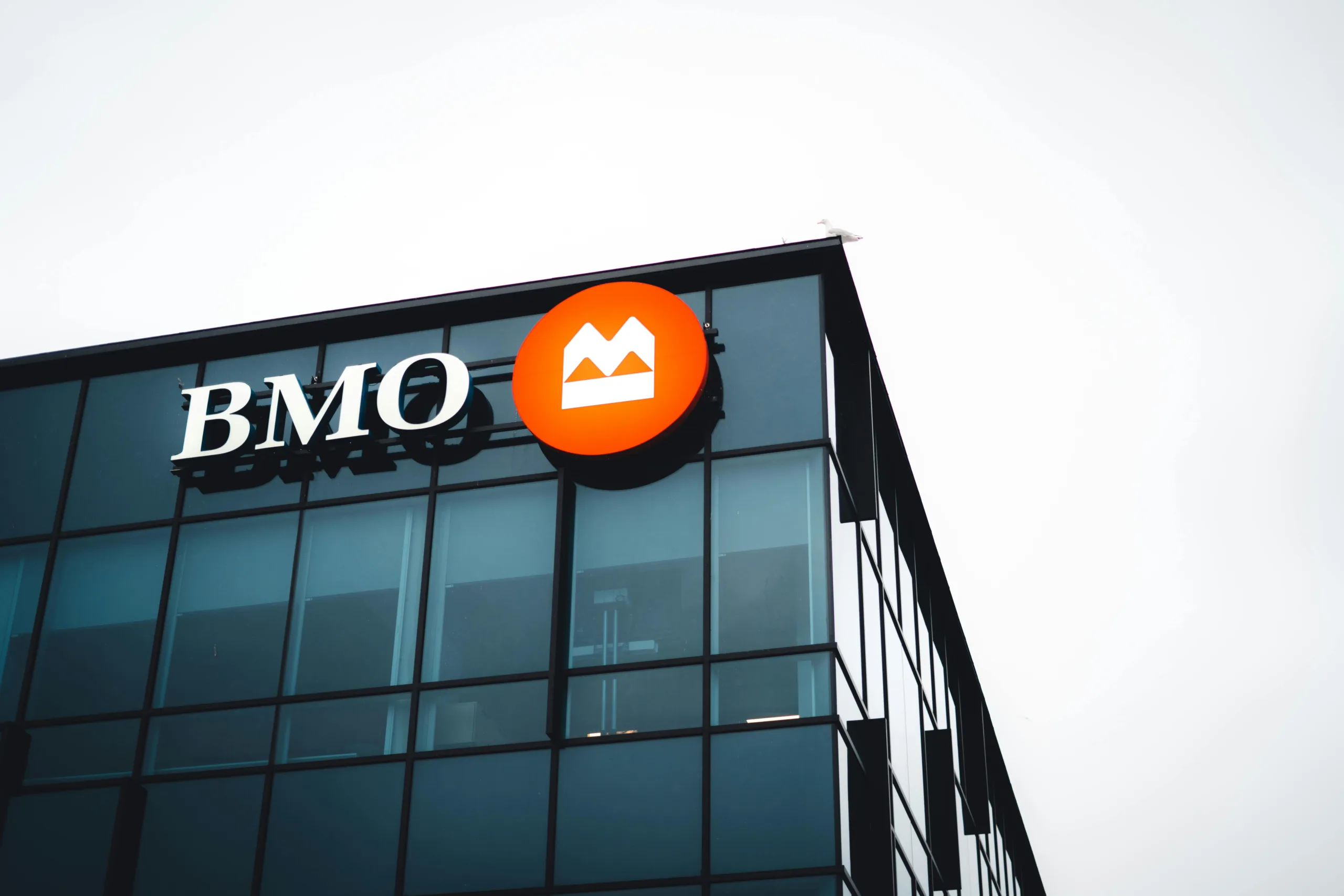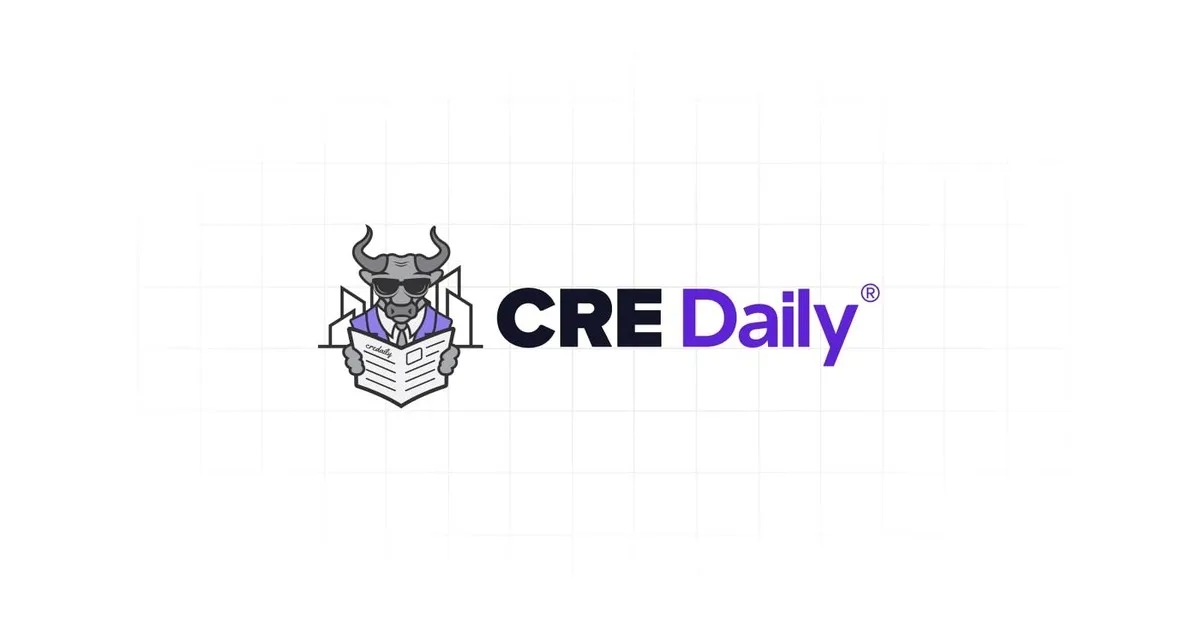- Los Angeles’ ShadeLA initiative aims to raise shade coverage from 21% to meet or surpass the national average of 27% before the 2028 Olympics, 2027 Super Bowl, and 2026 FIFA World Cup.
- Strategies include planting oak trees, installing 3,000 solar-powered transit shelters, adding shade pavilions, and using UCLA’s Shade Map to target heat-vulnerable “shade deserts.”
- Building codes, grants, and rebates push developers and property owners to include shade features that reduce heat and improve comfort.
CoStar reports that Los Angeles is racing to add shade infrastructure before hosting the 2028 Olympics and other global sports events. The ShadeLA campaign will plant trees, install shade structures, and use mapping tools to protect residents and visitors from extreme heat.
A Heat Challenge with a Deadline
Only 21% of Los Angeles County has daily shade, compared to 27% nationwide. Extreme heat causes about 1,500 extra ER visits on 90°F days. These days could increase by 31% by 2050. South LA, Downtown, and Boyle Heights—many near Olympic venues—rank among the lowest in shade coverage.
The Plan
ShadeLA partners with USC, UCLA, LA Metro, and the LA28 Olympic Committee. Crews are adding to the city’s shade infrastructure by installing 3,000 modular, solar-powered transit shelters with water stations, phone charging, and internet access. They are also building 450 shade pavilions in high-heat areas. Oak trees are replacing low-shade palms. Crews are adding fabric awnings to open-air walkways.
The UCLA-American Forests Shade Map identifies “shade deserts” so officials can focus cooling projects where they’re needed most.
Get Smarter about what matters in CRE
Stay ahead of trends in commercial real estate with CRE Daily – the free newsletter delivering everything you need to start your day in just 5-minutes
Incentives for Private Action
California’s CALGreen code requires most new projects to include shade features. LA’s zoning rules and tree ordinances push developers toward sustainable cooling designs. Grants and rebates from utilities help owners install awnings, pergolas, and reflective roofing. The city’s Al Fresco program supports outdoor dining shade with umbrellas and canopies.
Why It Matters
Fast shade solutions cool streets now. Trees will add lasting cover over decades. Together, this shade infrastructure prepares LA for the world’s attention and leaves a cooler city for residents.
